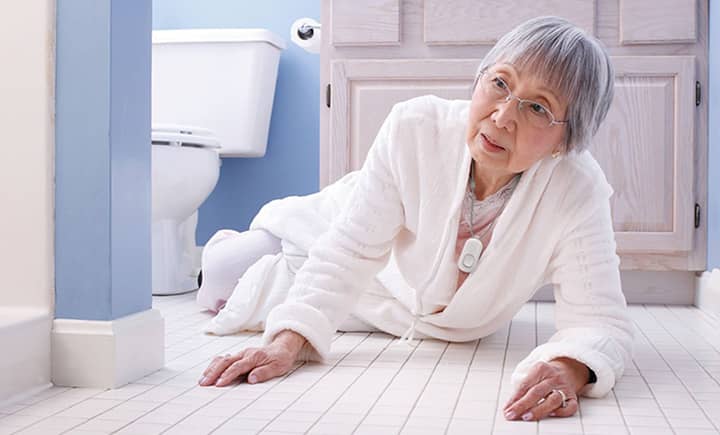As we age, the need for emergency response devices becomes more pronounced. These devices are not only about peace of mind but crucial tools that ensure safety and timely assistance. In this article, we’ll explore the importance of these devices, how they work, and why they are becoming a staple in elder care.

Understanding Emergency Response Devices
Elderly emergency response devices are designed to help seniors in need of immediate assistance. These devices can be worn as pendants, wristbands, or installed in homes. With the push of a button, users can alert emergency services or a designated contact for help. Their simplicity and effectiveness make them invaluable.
Why Are They Important?
The primary reason these devices are crucial is their ability to provide immediate help. For instance, in the event of a fall, which is a common occurrence among the elderly, quick response can significantly reduce the severity of injuries. According to [this article on preventing falls](https://www.nia.nih.gov/health/falls-and-falls-prevention/falls-and-fractures-older-adults-causes-and-prevention), falls are a leading cause of injury among seniors.
Types of Emergency Response Devices
There are various types of devices available, each with unique features. Some are basic, with only an emergency button, while others include GPS tracking, fall detection, and health monitoring.
Wearable Devices
Wearable devices are popular due to their convenience. They often come in the form of a pendant or bracelet, allowing seniors to always have them at hand. These devices are typically waterproof and rugged, suitable for daily wear.
Home-Based Systems
Home-based systems are another option, featuring multiple sensors placed around the home. These can detect unusual movements, such as a fall, and automatically alert the necessary contacts. Our article on [fall detection without cameras](https://motions.living/fall-detection-without-cameras-privacy-friendly-solutions-for-elderly-safety/) delves deeper into how these systems work while maintaining privacy.
Smart Technology Integration
Modern systems integrate with smart home technology, allowing for seamless operation. This includes connecting to home assistants and IoT devices to ensure comprehensive safety coverage. For more on smart technology in daily life, you can visit our piece on [IoT sensors for daily life](https://motions.living/iot-sensors-for-daily-life-how-smart-technology-is-transforming-everyday-living/).
Choosing the Right Device
Choosing the right device depends on personal needs. Consider factors like mobility, health conditions, and lifestyle when selecting a device. It’s also important to evaluate the range and battery life, especially if the user is active.
Features to Consider
Look for important features such as waterproofing, GPS tracking, and fall detection. Devices with automatic fall detection can alert contacts even if the user cannot press a button.
Cost and Subscription Plans
Most devices require a subscription plan for monitoring services. It’s essential to compare costs and services offered to ensure the best value. Keep in mind that some insurance policies may cover these expenses.
Benefits of Elderly Emergency Response Devices
The benefits of these devices extend beyond emergency assistance. They provide reassurance to both users and their families, knowing help is just a button away. Additionally, they promote independence, allowing seniors to live alone safely.
Peace of Mind
Peace of mind is invaluable, especially for family caregivers. Knowing that their loved ones are equipped with a reliable emergency response system reduces stress and anxiety.
Increased Independence
With these devices, seniors can maintain their independence longer. They have the freedom to engage in activities without constant supervision, boosting their quality of life.
Conclusion
In conclusion, elderly emergency response devices are essential tools for senior safety. They offer peace of mind, promote independence, and ensure timely assistance in emergencies. As technology advances, these devices will only become more effective and integrated into our daily lives, enhancing the quality of life for seniors everywhere.

FAQs
What are the key features of an emergency response device?
Key features include an emergency button, GPS tracking, fall detection, and sometimes health monitoring capabilities.
Are there devices suitable for active seniors?
Yes, many devices are designed for active seniors, offering features like waterproofing and extended range to suit their lifestyle.
How do these devices ensure privacy?
Many systems, especially those discussed in our article on [privacy-friendly solutions](https://motions.living/fall-detection-without-cameras-privacy-friendly-solutions-for-elderly-safety/), use sensors and technology that respect user privacy while ensuring safety.
This article contains affiliate links. We may earn a commission at no extra cost to you.






